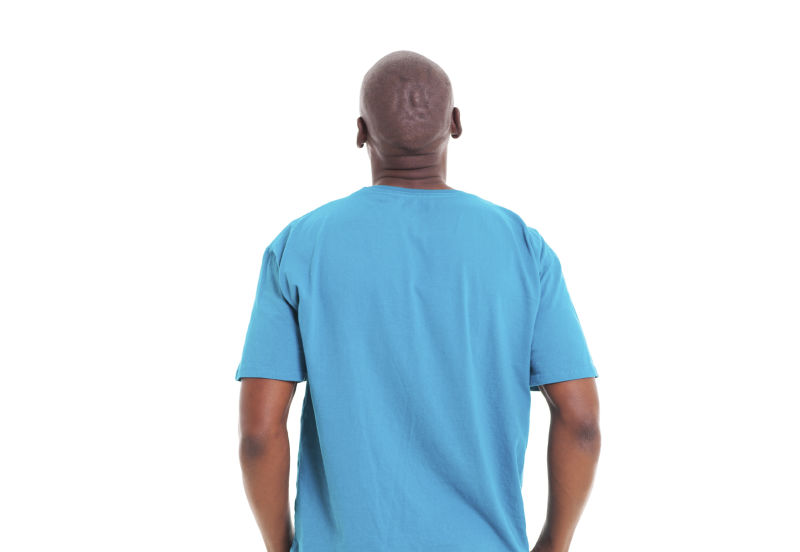The report provides an unusually vivid picture of what's been happening with HIV infections. The estimates were calculated from HIV diagnosis and death figures from 2009 through 2013.
New HIV infections have been falling in the United States, to about 40,000 annually. A disproportionately large share — about 10,000 cases — has been in gay and bisexual black men. That number has been holding steady while infections in other groups have fallen.
The lifetime risk of HIV has also has been declining. Several years ago, the CDC put that estimate at less than 1 in 78 for all Americans. It fell about 20 percent, to 1 in 99, and dropped for both men and women. That suggests prevention efforts are paying off, Mermin said.
The earlier estimate was based on 33 states; the new report covers all 50 states and the District of Columbia. That allowed the agency — for the first time — to calculate lifetime risk for specific groups, like gay black men, and for states.
Again, the overall risk that the average American will be diagnosed with HIV during his or her lifetime is 1 in 99.
Findings include:
- Based on geography, the chances of being diagnosed with HIV is highest in Washington, D.C., and Southern states like Georgia, Florida, Louisiana and Maryland.
- The risk is lowest in North Dakota. One in 670 residents of that state will be diagnosed with HIV, compared to about 1 in 50 in Maryland and Georgia.
- In California, the overall risk is 1 in 102
- Gay and bisexual men have the highest risk, but there are racial differences within that group. For gay white men it's about 1 in 11 — a significantly smaller proportion than the estimate for blacks and Hispanics.
- Among heterosexuals, blacks are far more likely to be infected than other racial groups. For example, 1 in 49 black women compared to 1 in 1,083 white women.
“You see this community that is at far higher risk for HIV infection, but there almost seems to be a concerted effort not to talk about it,” Greg Millett, vice president and director of Public Policy at AmfAR, the Foundation for AIDS Research, told Bloomberg News. He was not involved in the research, but did work at CDC until 2014.
In a 2012 analysis, Millett found the disparity was not linked to gay black men engaging in riskier sex. As Bloomberg reports:
Rather, he cites such structural barriers as access to health insurance that have made it harder for blacks to get HIV testing and treatment that can control the virus and reduce the risk of infecting a partner.
Marguerita Lightfoot, director of the UC San Francisco Center for AIDS Prevention called the numbers "shocking."
She agreed that HIV testing is a first step toward reducing the risk of infected men spreading the virus to others. With treatments available today, the virus can be reduced to undetectable levels in the bloodstream, making it virtually impossible to infect others.
For those who are negative, a key strategy that has become available just in the last two years is "PrEP" -- pre-exposure prophylaxis -- a pill that can dramatically reduce the risk of acquiring the virus. "The big thing we can be doing is making sure young, black men in particular get access to PrEP," Lightfoot said.
The report is a "wake up call," Lightfoot said. "We know clearly who we need to be targeting. We just need to get to work."
